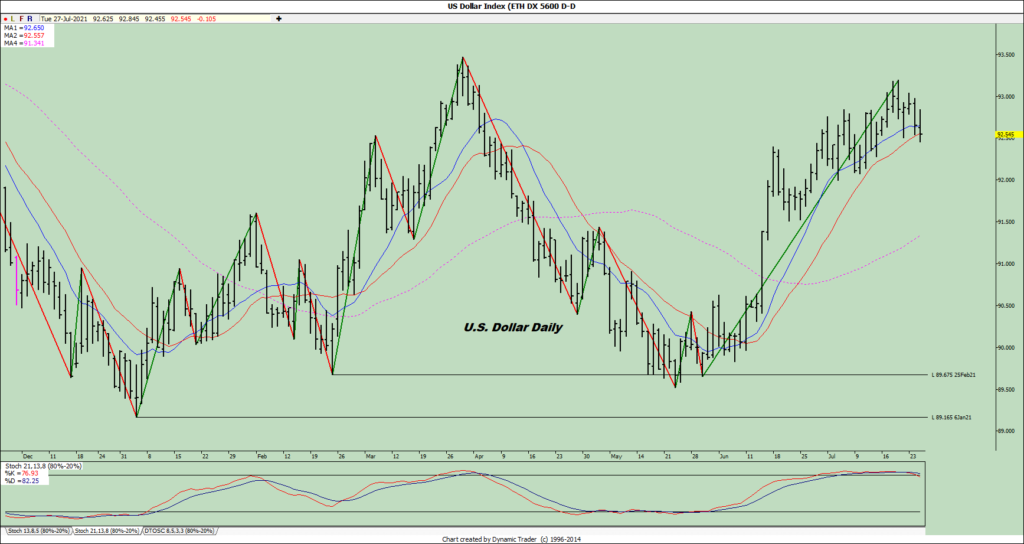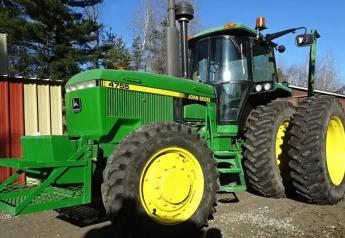This relationship is not improving

If anyone was expecting the U.S./Chinese relations to have improved under the Biden administration, they will have been sorely disappointed. No, there have not been any threats of new tariffs, at least not that I am aware of, but now after the second high-level meeting between the two countries, it is difficult to detect much of a thaw. Of course, we do not know what necessarily goes on in closed-door sessions, but comments from Chinese officials that the U.S. had created a “stalemate” and “imaginary enemies” do not conjure up any warm and fuzzy feelings. Do keep in mind, we are not isolated when it comes to this issue. It would appear there is a reasonably unified front that is prepared to take a stand against trade bullying and human rights issues in that nation, but just how staunch that support may be when push comes to shove, or in the case, dollars and cents begin to add up, is yet to be seen. It is interesting to note that as the Chinese government appears to be tightening the screws on domestic companies, more and more investment money is reportedly exiting that nation. What does all of these mean for the Phase One agreement for the Chinese purchase of U.S. goods? Well, it certainly will not help, but considering that they are running some 30% behind where they should be, I probably am not making it much worse either. Remember, China only agreed to purchase things when “economically” feasible anyway.
Another round of freezing temperature hit Brazil again, this time damaging not only late-developed corn but coffee, sugar, citrus, and wheat as well. This prompted Dr. Cordonnier to lower his estimate by another 2 MMT to 86 MMT. The harvest of this crop has reached 39% complete, compared with 53% a year ago. It was also confirmed that livestock giant, JBS, has purchased 30 vessels of corn from Argentina. The Argentine corn harvest has reached 72% complete, and solid yields prompted Dr. Cordonnier to increase the estimated crop size 1 MMT to 48 million.
Domestically, conditions ticked lower for both corn and beans last week, with corn in the good/excellent range down 1% to 64% and beans 2% lower to 58%. 79% of the corn is now silking versus an average of 73% and 18% in the dough stage compared with 17%. While not to say, bad things cannot yet happen to the corn crop, we are late enough in the year and development cycle that it will need to be pretty severe to prompt a sustained market reaction. With 76% of beans blooming and 42% setting pods, we still have room for some exciting days. Winter wheat harvest is now 84% complete, and spring wheat conditions dipped again, with just 9% rated good/excellent and 66% rated poor/very poor.
Over in the macros, we have energies flat, metals a bit weaker, financial instruments higher, and equities lower, both here and abroad. Part of the selling in the latter is due to the fact that the Fed Open Market Committee (FOMC) will be meeting later this week, but also because they await quarterly earnings from MAA. No, that is not referring to anyone’s mother, but rather the three tech giants, Microsoft, Alphabet, more commonly known as Google and Apple. It is hard to imagine their earnings have suffered as of late, but that does not mean they will live up to expectations. The U.S. Dollar is under decent pressure for the second day in a row and appears to be short-term top-heavy.








